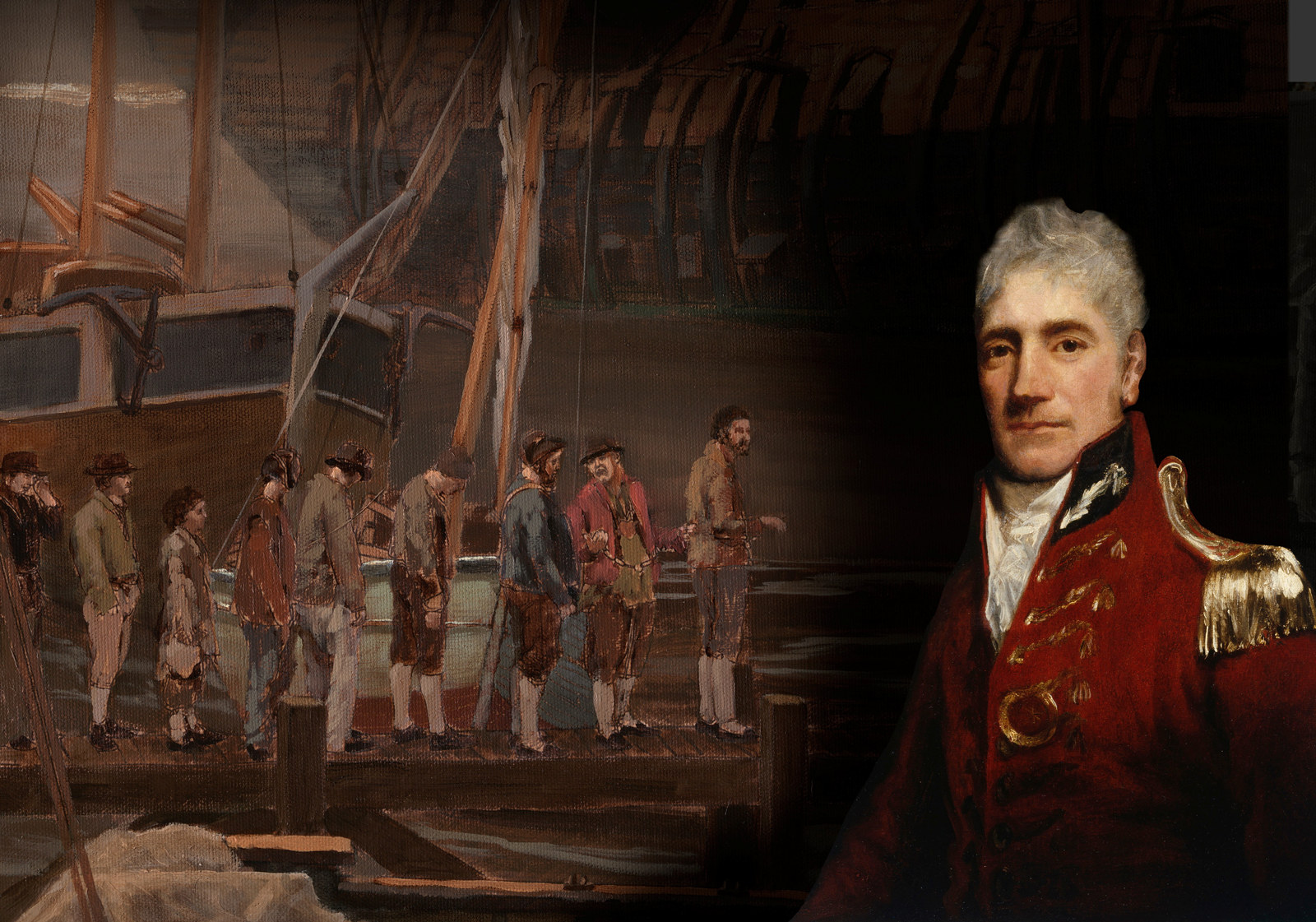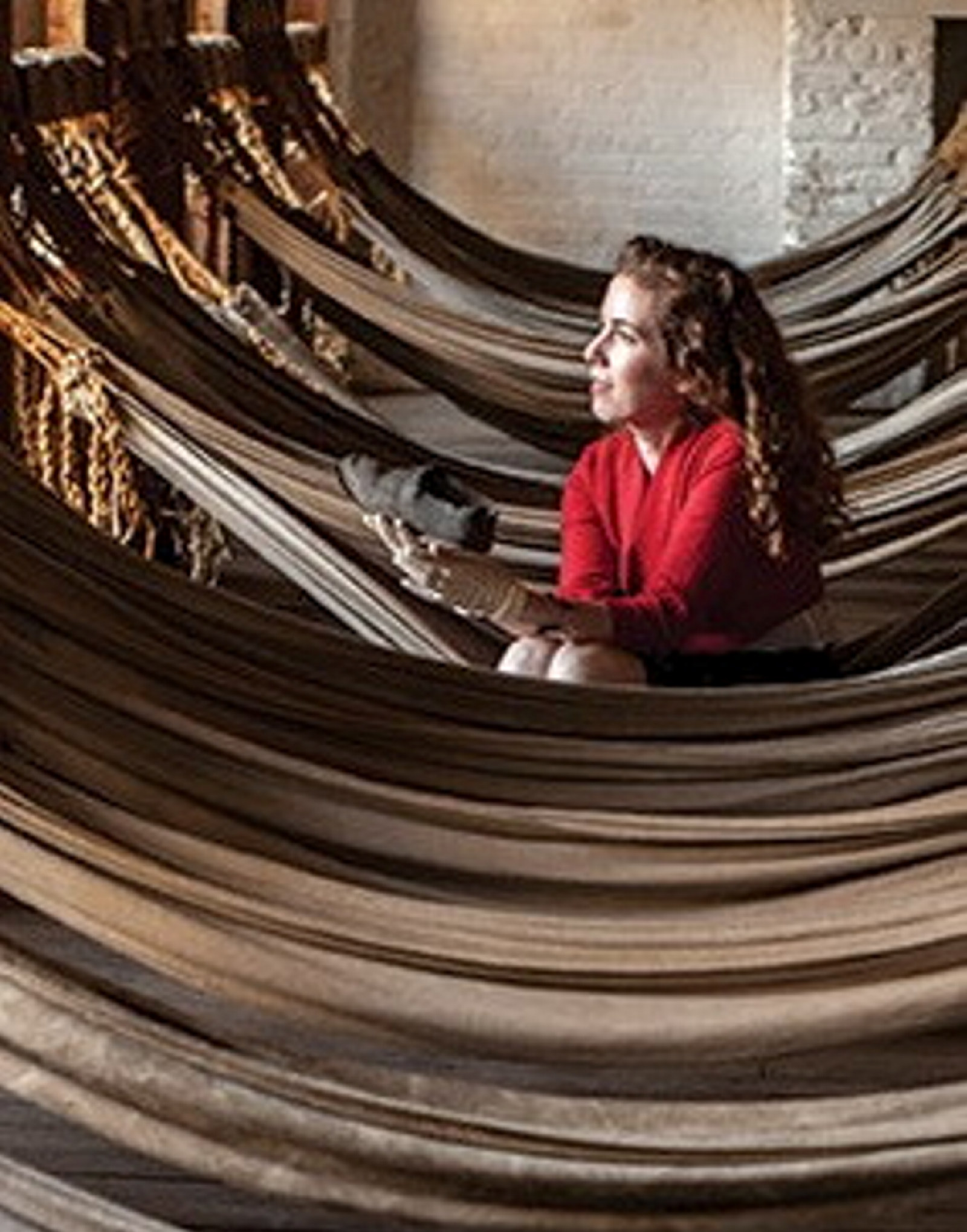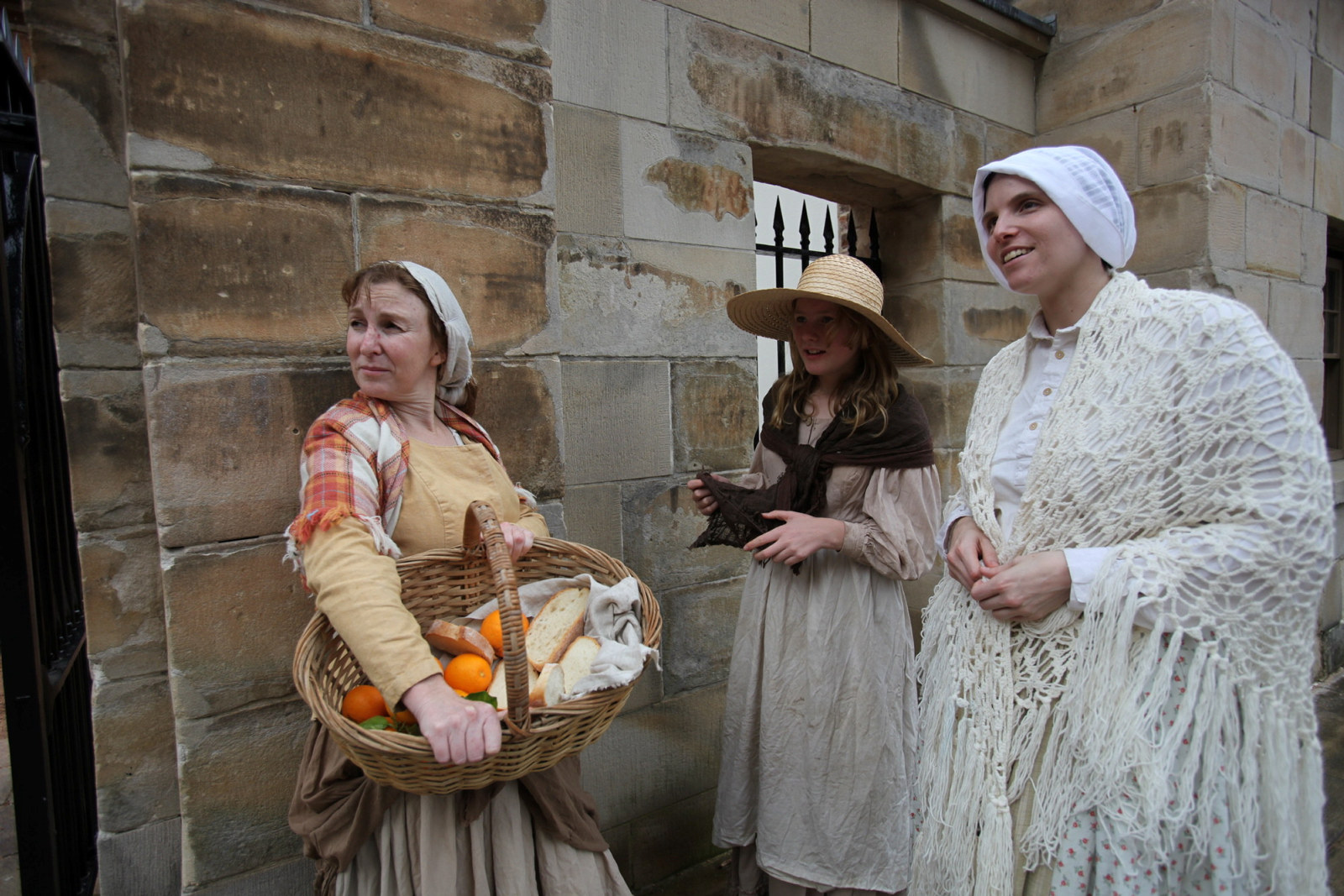Sir Ralph Darling
Headstrong and hated
Governor from 1825 to 1831
Ralph Darling (1772–1858) was an officious senior army officer who governed effectively but, like his predecessors, fell victim to the fractious politics of the colony. He reformed the public service and the system of land grants, and encouraged exploration and settlement around Australia. He brought the banks and public accounts to order and, aided by the wool boom, doubled colonial revenue without imposing additional taxes.
By the mid-1820s many people in the increasingly prosperous colony wanted trial by jury and democracy. The Legislative Council was expanded to 14 members in 1828 but it was largely composed of officials and wealthy settlers (Exclusives) who believed that the ex-convicts who formed a greater part of the colony’s population could not be trusted with British institutions. They wanted any extension of political rights restricted to themselves.
As an ultra conservative, Darling had no appetite for popular reforms and clashed fiercely with local liberals like William Charles Wentworth and Robert Wardell, whose independent newspaper, The Australian, was openly critical of Darling along with the colony’s pompous elite.
During his term as governor, Darling was a far from endearing leader. When his term expired in 1831, however, there were many who regretted his departure and few who could deny his impact on the development and expansion of the colony. Along with a Chamber of Commerce and a new bank – The Bank of Australia – dubbed the ‘squatters bank’, Darling’s term saw the establishment of a subscription library, the colony’s first museum and a grammar school. Colonists enjoyed their first public concert, joined newly formed cricket clubs and rowed in the first regattas. Sydney Harbour saw its first paddle-wheel steamships launched and the press recorded the colony’s first official bank robbery.
While convicts were still flooding into the colony at a rate of 4000 per year, free settlers and ex-convicts made up more than half of the overall population of 75,000. New South Wales was still a place of exile for many, although under Darling’s officious governorship the distinct character of a free colony was finally taking shape.
Related

Convict Sydney
For the civic good
With the Napoleonic Wars over in 1815 and Britain crowded with returned soldiers, poverty and crime, part two finds the colony swamped with incoming convicts
Published on
Convict Sydney
Browse all
Convict Sydney
Pick of the crop
Convicts could earn good money doing private work, so many tried to conceal their skills during the initial muster to avoid being assigned to government projects

Convict Sydney
Joseph Smith
In 1817, Joseph Smith was awaiting his execution at London’s notorious Newgate Gaol. Little did he know, but he was soon to become integral to the construction of Hyde Park Barracks on the other side of the world

Convict Sydney
Israel Chapman
Could a 24-year-old convicted armed robber be trusted to maintain law and order among hundreds of prisoners? Perhaps not, but that’s exactly the job Londoner Israel Chapman was given at Governor Macquarie’s newly opened Prisoners’ Barracks at Hyde Park in 1819

